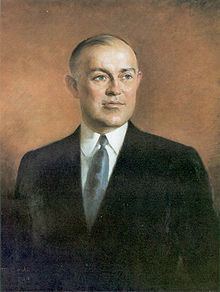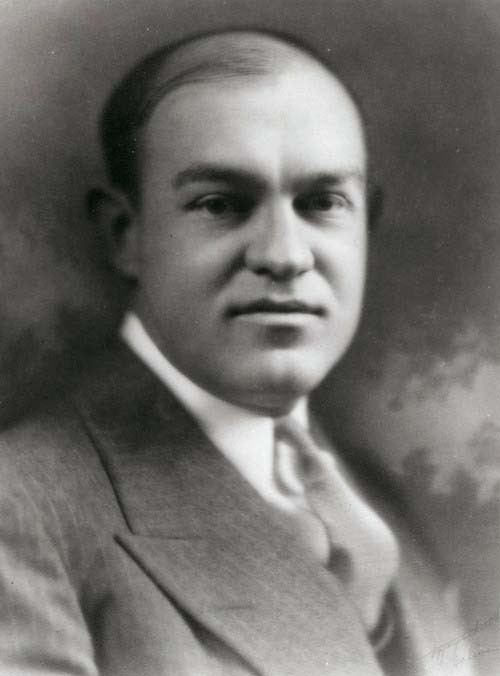President Franklin D. Roosevelt Preceded by George H. Dern Name Harry Woodring | Lieutenant Jacob W. Graybill Spouse Helen Coolidge (m. 1933) | |
 | ||
Born May 31, 1890Elk City, Kansas, U.S. ( 1890-05-31 ) Previous offices United States Secretary of War (1936–1940), Governor of Kansas (1931–1933) | ||
How to pronounce harry hines woodring american english us pronouncenames com
Harry Hines Woodring (May 31, 1887 – September 9, 1967) was an American politician. A Democrat, he was the 25th Governor of Kansas and was Secretary of War in President Franklin Delano Roosevelt's administration from 1936 to 1940. He was also the United States Assistant Secretary of War from 1933 to 1936.
Contents
- How to pronounce harry hines woodring american english us pronouncenames com
- Biography
- Career
- Death
- References

Biography
Harry Hines Woodring was born in 1887 in Elk City, Kansas, the son of farmer and Union Army soldier Hines Woodring. He was educated in city and county schools and at sixteen began work as a janitor in the First National Bank of Neodesha, Kansas. He attended Lebanon Business University for one year, which gained him employment as a bookkeeper and assistant cashier of the First National Bank in Elk City.
Career
Woodring soon became assistant cashier at the First National Bank of Neodesha. Woodring moved up quickly to become vice president and owner of the bank until he enlisted as a private in the US Army. He was later commissioned as a second lieutenant in the Tank Corps in World War I. He was elected department commander of the American Legion in Kansas then in 1928 he sold his banking business to enter politics.
Woodring won the Kansas gubernatorial election of 1930 in a controversial three-way race with Republican Frank Haucke and write-in candidate and goat-gland transplantation specialist, John Brinkley. Brinkley won the most votes, but the state only counted ballots with J. R. Brinkley written in, disqualifying tens of thousands of ballots with variants like John Brinkley written in. Woodring himself admitted he would have lost, had all Brinkley's votes been counted. Woodring served as governor of Kansas from 1931 to 1933. As the only Democrat elected to a statehouse office, his efforts to cut expenditures were largely blocked by Republicans, so he cut his own salary and the Highway Department, the one place where Democrats had control.
Woodring ran for re-election in 1932, but lost to Republican Alf Landon in a three-way race, again featuring John Brinkley.
On July 25, 1933, Woodring married Helen Coolidge, with whom had three children. Coolidge was the daughter of United States Senator Marcus A. Coolidge.
Woodring served as Assistant Secretary of War from 1933 to 1936, with supervision over procurement matters. He was promoted and served as Secretary of War under President Franklin Roosevelt from 1936 to 1940. He projected the recommendations of his predecessor for increasing the strength of the Regular Army, National Guard, and the Reserve Corps. During his tenure he directed a revision of mobilization plans to bring personnel and procurement into balance and stressed the need to perfect the initial (peacetime) protective force.
A strict non-interventionist, Woodring came under pressure from other cabinet members to resign in the first year of World War II. Secretary of the Interior Harold Ickes met with Roosevelt at least twice to call for Woodring's firing, but FDR was at first unwilling to do so, instead appointing outspoken interventionist Louis A. Johnson as Woodring's assistant secretary of war. Woodring and Johnson were immediately at odds, and quickly reached the point where they refused to speak to each other. On June 20, 1940, Roosevelt ended the struggle by finally firing Woodring, replacing him with long-time Republican politician Henry Stimson.
Woodring ran unsuccessfully for Governor of Kansas in 1946, and for the Democratic Party nomination for that post in 1956.
Death
Woodring died following of stroke in Topeka, Kansas, on September 9, 1967. He is interred at the Mount Hope Cemetery in Topeka.
